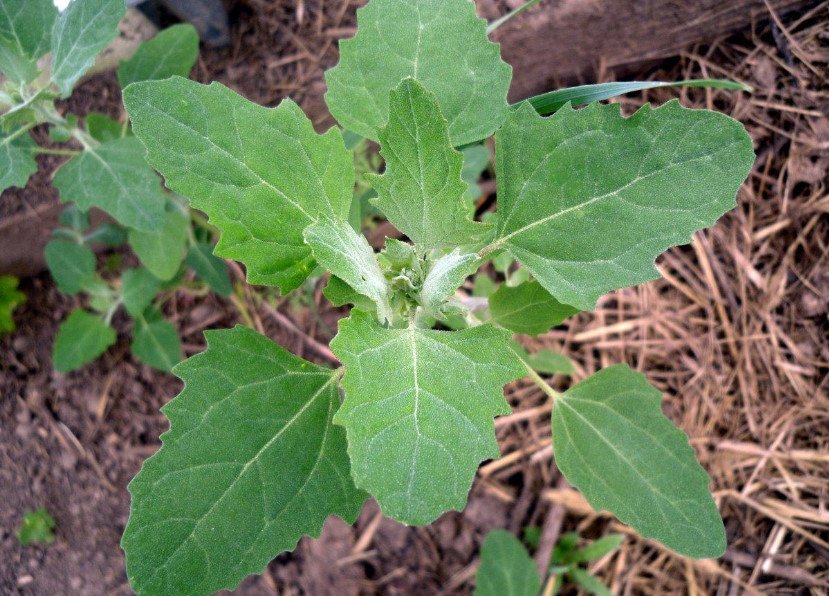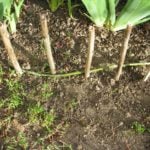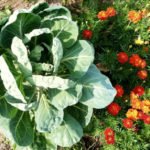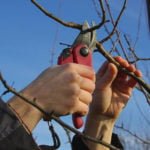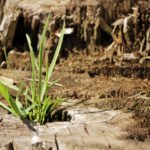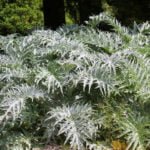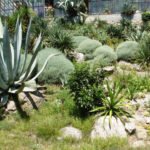If you have an atriplex in your garden, this is it … good! So, the soil on the beds is fertile, loose, with a neutral or slightly acidic reaction — what is necessary for a good harvest of vegetables. In principle, this weed can grow on poor soil, and even on saline-but the plants will be weak, oppressed. Their exuberant growth is a sign of a nutrient-rich, nitrogen-rich soil. And Atriplex does not like competitors — once it has appeared, it means that there are no other weeds. This is also great!
However, you should not relax: if nothing is done — it will grow to human height, because in favorable conditions, the Atriplex bush can reach 1.5 m (4.9 ft) in height. And each plant will produce a huge amount of seeds. No matter how useful they may be, it is unlikely that a modern gardener seeks to get such a “harvest”.
Biological features of the atriplex
Atriplex is a genus of the Amaranth family, or Chenopodiaceae, with about 250 species.
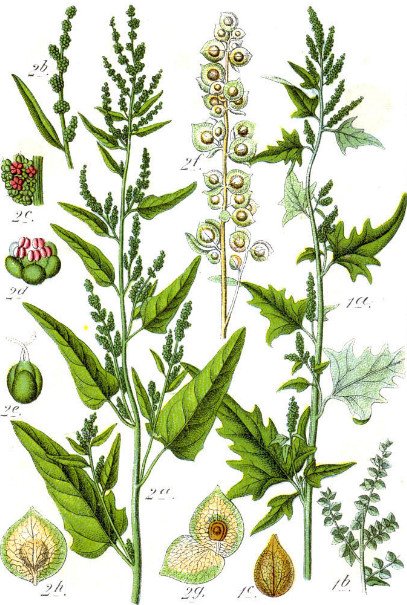
Atriplex is often referred to as a relative-Chenopódium. Despite the fact that they belong to different genera of the same family, the similarity between these plants is so great that probably only a u-botanist can distinguish them. It is difficult for an ordinary gardener to understand such nuances, and it is not necessary, in general-even in popular literature and reference books of medicinal plants, they are often combined, describing them as one plant. Therefore, in this article we will talk about both the Atriplex and the Chenopodium.
Most often, atriplex is found on potato plantings-there are optimal conditions for it. Feel free to take it from landfills and vacant lots, and grow it along roadsides and on arable land. But in the meadow, in the field of various grasses, you will never find it.
The most common wild species is Atriplex patula. From the point of view of gastronomic interest Atriplex hortensis – in European countries, it is grown in gardens and uses the fresh leaves of the plant to prepare various dishes.
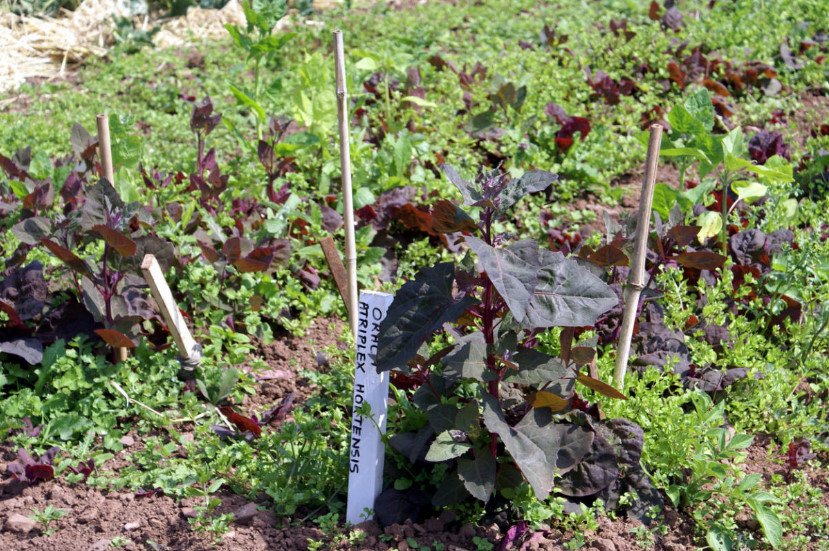
Both atriplex and Chenopodium seeds are propagated. The leader in their “production” is considered Chenopodium album: one plant produces more than 100 thousand seeds per season (and some sources call more impressive figures — up to 700 thousand). However, it is not only a matter of quantity, but also of quality.
Chenopodium forms three types of seeds. The first one is the largest, brown. They sprout almost as soon as they hit the ground. The second one is smaller, greenish-black. Their goal is to overwinter and germinate the following year in early spring. The third is the smallest, black, with a dense shell. They are “responsible” for the conservation and distribution of the species: these seeds retain germination for up to 10 years, they are not harmed by adverse conditions. They “come” along with the manure to the fields-vegetable gardens and populate new territories — even such a difficult test as traveling through the digestive tract of ungulates is not able to kill them.
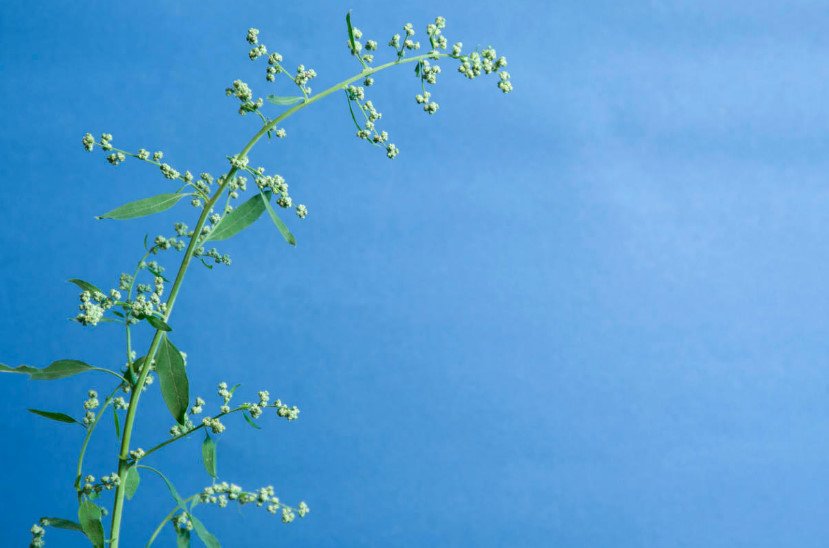
It is good to know about one feature of Atriplex and chenopodium seeds: only those that are located in the soil at a depth of no more than 4 cm (1.6 in) grow. The rest go into a state of rest and wait in the wings.
How to get rid of atriplex
First of all, it is necessary to deal with prevention. As soon as the Atriplex and Henopodium do not like the competitors-do not leave the cultivated land empty. Clear the beds, sow cover crops. We will think carefully before buying manure: remember that along with this useful organic fertilizer, it is easy to bring weed seeds, which will then have to be disposed of for a long time. And of course, we will not allow the formation of seeds, if it was not possible to completely destroy their source.
Weeding was also not canceled. Atriplex is not difficult to develop while it is young: its root is like a rod, and while it is still underdeveloped, it is easily pulled out of the loose soil.
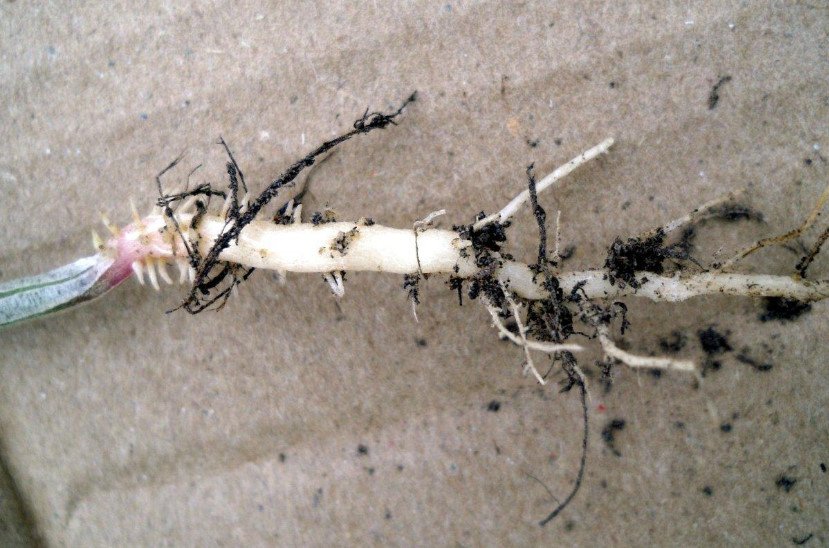
With an adult plant, it is more difficult to cope: its root is buried, branched, forms many additional roots, and the stem often breaks off when trying to pull the weed out of the ground. And the remaining root will certainly grow again, mowing also does not bring much result.
The method of provocation is based on the biological characteristics of the plant, which allows you to accelerate the germination of atriplex seeds and get rid of its shoots before planting cultivated plants.
In early spring, as soon as the ground thaws, it loosens. Seeds of atriplex and chenopodium begin to germinate at a soil temperature of +3…+4 degrees (37.4-39.2°F), but for this, as we remember, they certainly need to get to the upper layers. Loosening it will help. As soon as the shoots appear, we loosen them again, destroying the weeds. Repeat the procedure if necessary. After sowing or planting vegetables, loosen the row spacing until the cultivated plants grow (then they will cope with the Atriplex themselves: she does not like competition).
Mulch depresses the atriplex-this should also be used. Only the mulch layer should be significant-10-15 centimeters (3.9-5.9 in). This is a good option for planting potatoes, beds with cabbage, cucumbers.
Useful properties of atriplex
Atriplex seeds are collected and dried for the winter — they are readily pecked by both domestic and wild birds. In folk medicine, fresh and dried herbs and atriplex juice are used. But different sources use different ways to describe the healing properties of this plant, and sometimes this information is quite contradictory. Therefore, do not rush to be treated with Atriplex — it is better to pay attention to its nutritional properties, which are confirmed by historical experience.
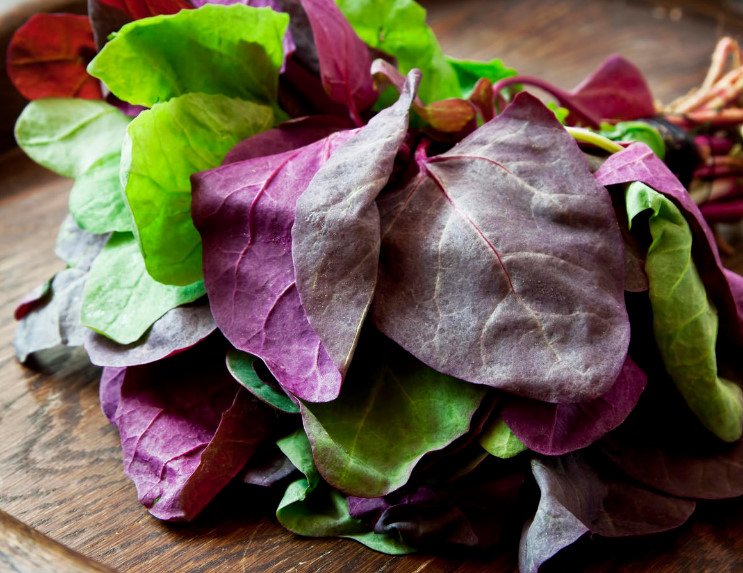
Share in the comments do you grow Atriplex?
